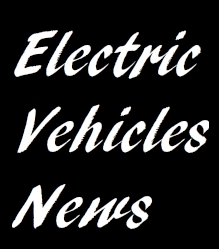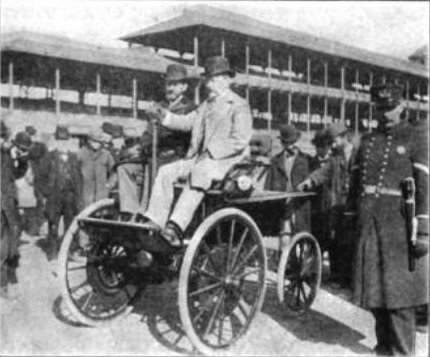Electrobat
|
The Electrobat was the first successful electric automobile. It was designed and built in 1894 by mechanical engineer Henry G. Morris and chemist Pedro G. Salom in Philadelphia, Pennsylvania. Both had backgrounds in battery streetcars and, as the battery streetcar business was fading, they teamed up to make battery road vehicles. Their effort was patented on August 31, 1894. Built like a small version of a battery streetcar, it was a slow, heavy, impractical vehicle with steel tires to support the immense weight of its large lead battery. It entered production in 1895. In 1896, Morris and Salom founded the Morris & Salom Electric Carriage and Wagon Company, evidently the first electric car company in America. Subsequent versions were lighter and had pneumatic tires, with bodies built at the Caffery Carriage Company in Camden, New Jersey. These cars steered by their rear wheels and had two 1.5-horsepower (1.1 kW) motors that propelled them 25 miles (40 km) per charge at 20 mph (32 km/h). Morris and Salom went on to build about a dozen Hansom cabs based on this vehicle, to compete with the horse-drawn cabs then in service in New York City; they operated in New York, Boston, and elsewhere. They sold the cabs and their concept to Isaac L. Rice, who reincorporated the enterprise as the Electric Vehicle Company (Elizabethport, New Jersey), in 1897, and later became part of Pope's empire. Extracts from Wikipedia, the free encyclopedia: Text is available under the Creative Commons Attribution-ShareAlike License; additional terms may apply. See Terms of Use for details. |

